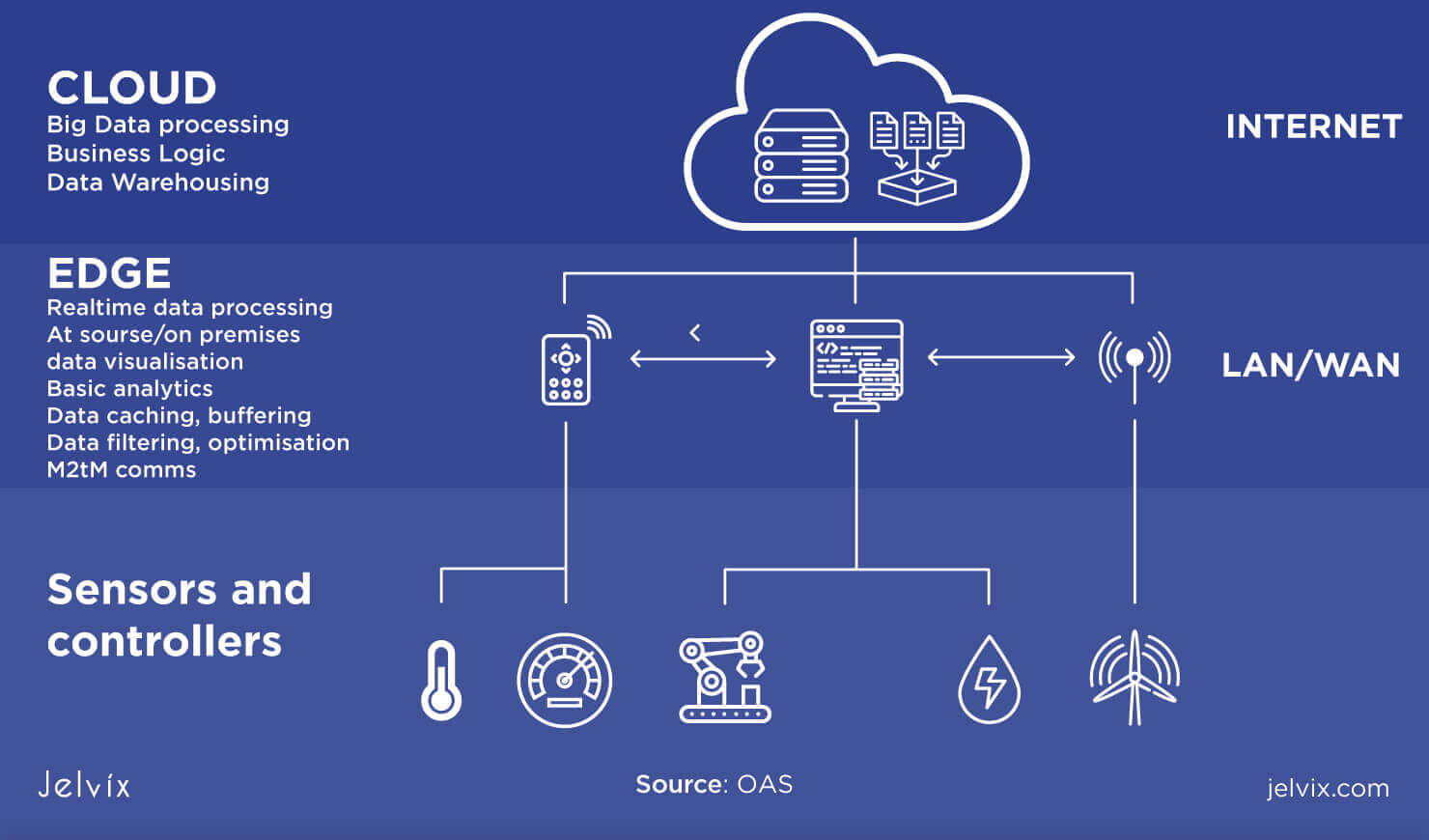What is Cloud Edge Computing?
In today’s digital age, the demand for faster, more efficient data processing is ever-increasing. This has given rise to innovative technologies like Cloud Edge Computing, which are reshaping the way we handle data. In this comprehensive article, we will delve deep into the world of Cloud Edge Computing, exploring its definition, applications, benefits, and its exciting potential for the future.
Imagine a world where data is processed and analyzed closer to its source, reducing latency and improving response times. This is the essence of Cloud Edge Computing. Let’s break down this transformative concept step by step:
Understanding Cloud Edge Computing
At its core, Cloud Edge Computing is a distributed computing paradigm that brings data processing closer to the source of data generation. Unlike traditional cloud computing, which relies on centralized data centers, edge computing leverages a network of edge devices, such as routers, servers, and IoT devices, to process data locally. This proximity to data sources results in reduced latency and faster data analysis.
The Role of Edge Devices
Edge devices play a pivotal role in Cloud Edge Computing. These devices are strategically positioned at the “edge” of a network, where they collect, process, and sometimes even store data. They act as intermediaries between the data source and the cloud, enabling real-time decision-making and immediate responses.
Key Features of Cloud Edge Computing
- Low Latency: The primary advantage of edge computing is its ability to minimize latency. By processing data closer to its origin, delays are significantly reduced, making it ideal for applications that require instant responses.
- Bandwidth Efficiency: Cloud Edge Computing optimizes bandwidth usage by filtering and transmitting only relevant data to the centralized cloud. This not only saves bandwidth but also reduces data transfer costs.
- Enhanced Security: With sensitive data staying closer to its source, edge computing offers improved security and data privacy, reducing the risk of data breaches during transit.
- Scalability: Edge computing networks can easily scale to accommodate growing data volumes, making it adaptable to the evolving demands of businesses and industries.
The Applications of Cloud Edge Computing
Now that we have a clear understanding of Cloud Edge Computing, let’s explore its wide-ranging applications across various industries:
1. Healthcare
In the healthcare sector, Cloud Edge Computing is a game-changer. Medical devices and wearables can collect patient data and process it locally, ensuring that critical health information is analyzed swiftly. This is particularly crucial in emergency situations where every second counts.
2. Smart Cities
The concept of smart cities relies heavily on edge computing. From traffic management to public safety, smart cities leverage real-time data processing to enhance the quality of life for urban dwellers.
3. Industrial IoT (IIoT)
Industries like manufacturing and logistics benefit from Cloud Edge Computing by enabling predictive maintenance. Machines and equipment can continuously monitor their own health and performance, reducing downtime and maintenance costs.
4. Autonomous Vehicles
Edge computing is a cornerstone of autonomous vehicles. These vehicles rely on immediate data processing to make split-second decisions, ensuring passenger safety.
5. Retail
In the retail sector, edge computing is used to analyze customer behavior and preferences in real time. This enables personalized marketing and improves the overall shopping experience.
Advantages of Cloud Edge Computing
Cloud Edge Computing offers numerous advantages that are propelling its adoption across industries:
- Real-time Decision Making: The ability to process data instantly allows businesses to make informed decisions in real time.
- Cost Efficiency: By reducing the need for massive data transfers to the cloud, edge computing lowers operational costs.
- Reliability: Edge devices can function independently, ensuring continued operations even in the event of cloud service disruptions.
- Enhanced User Experience: Applications that require low latency, such as online gaming and video streaming, benefit from the improved user experience offered by edge computing.
FAQs about Cloud Edge Computing
How does Cloud Edge Computing differ from traditional cloud computing?
Cloud Edge Computing differs from traditional cloud computing in its approach to data processing. While traditional cloud computing relies on centralized data centers, edge computing processes data closer to its source, reducing latency and improving response times.
What are the primary challenges of implementing Cloud Edge Computing?
The primary challenges of implementing Cloud Edge Computing include managing a distributed network of edge devices, ensuring data security at the edge, and maintaining seamless communication between edge devices and the centralized cloud.
Can Cloud Edge Computing be used in remote areas with limited connectivity?
Yes, Cloud Edge Computing is particularly suitable for remote areas with limited connectivity. Edge devices can process data locally and transmit only essential information to the cloud when a connection is available, making it ideal for such scenarios.
What industries benefit the most from Cloud Edge Computing?
Cloud Edge Computing has wide-ranging applications, but industries such as healthcare, smart cities, industrial IoT, autonomous vehicles, and retail benefit significantly from its low latency and real-time data processing capabilities.
Is Cloud Edge Computing the future of data processing?
Cloud Edge Computing is poised to play a pivotal role in the future of data processing. Its ability to reduce latency, enhance user experiences, and improve operational efficiency makes it a technology with tremendous potential.
How can businesses implement Cloud Edge Computing?
Businesses can implement Cloud Edge Computing by strategically deploying edge devices, optimizing their network architecture, and leveraging edge computing platforms and solutions offered by technology providers.
Conclusion
In conclusion, Cloud Edge Computing represents a significant shift in the world of data processing. Its ability to reduce latency, enhance security, and improve the overall user experience makes it a technology worth exploring for businesses and industries. As we move into an era of rapid data growth and real-time decision-making, Cloud Edge Computing is set to play a crucial role in shaping our digital future.
READ MORE: Which are the Top HR Agencies in Indore?





